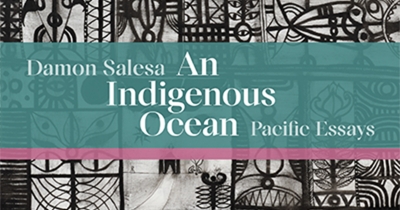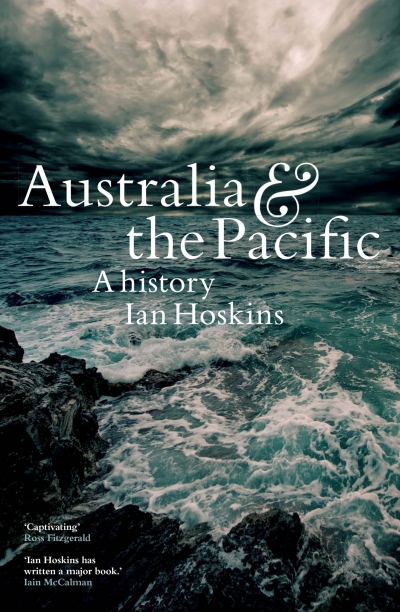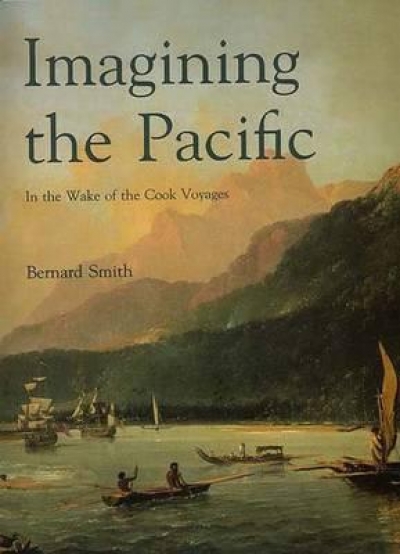Pacific
Helpem Fren: Australia and the Regional Assistance Mission to the Solomon Islands by Michael Wesley
by Ceridwen Spark •
Islanders: The Pacific in the Age of Empire by Nicholas Thomas
by Alan Frost •
Strangers in the South Seas: The idea of the Pacific in western thought edited by Richard Lansdown
by Kate Darian-Smith •
The Cruise of the Janet Nichol among the South Sea Islands edited by Roslyn Jolly & Robert Louis Stevenson edited by Roger Robinson
by Kate Darian-Smith •
The Global Reach of Empire: Britain’s maritime expansion in the Indian and Pacific oceans, 1764–1815 by Alan Frost
by Donna Merwick •
Imagining the Pacific: In the wake of the Cook voyages by Bernard Smith
by Jonathan Holmes •
Imagining the Pacific in the Wake of the Cook Voyages by Bernard Smith
by Jonathan Holmes •










